how long is on your feet
 What Morton's Toe Means for Your Feet
What Morton's Toe Means for Your FeetServer Error Please try later. Miami Sound Machine Miami Sound Machine Also known asMiami Latin Boys (1975-1976)OriginMiami, Florida, USGenresActive years Tags Previous members Miami Sound Machine was a Latin American who had presented the voices of the recording artist born in Cuba (née Fajardo). Founded in 1975 by , the band was originally known as the Latino guys in Miami before becoming the Miami sound machine in 1977. Miami Sound MachineMiami Latin Boys The band had several albums and a series of successful singles until 1989. The 1985 band album credited the band while its follow-up album in 1987 placed Gloria Estefan at the forefront. Since 1988-1989, this last album was also repackaged as anything for you with new cover art with the international version in Europe, South Africa, Australia and New Zealand. In 1989, the group's name ceased to be included in the CD or in the album's products, as Estefan continued as a solo artist. ContentsBackground[]In 1975, Gloria and her cousin Mercedes "Merci" Navarro (1957-2007) met while performing in a joint church rehearsal. Estefan, who had formed the band of the Latino guys in Miami in the early part of that year, learned about Gloria through mutual knowledge. While the Latino kids in Miami were acting at a Cuban wedding at the Hotel Dupont, Gloria and Merci (who were wedding guests) made two unbreakable Cuban standards. They impressed the Latino guys from Miami so much that they were invited to join the band permanently; therefore, the band's name was changed to Miami Sound Machine. Gloria, who was attending the University of Miami at that time, only agreed to do during the weekends so that her studies were not interrupted. The 1970s[]The beginnings[]From 1977, Miami Sound Machine began recording and launching several albums and 45s on Audiofon Records in Miami, Florida. The group's primary line consisted of six Americans born in Cuba: Live Again/Renacer[]In 1977, the first album by Miami Sound Machine Live Again/Renacer was released with two different covers. The group had several more versions on the Audiofon label, the RCA Victor label, and later the Miami Sound Machine label by Miami Sound Machine Records. In 1978 Gloria married Emilio Estefan, Jr. after two years of appointments. In 1979, Miami Sound Machine added American and native Miami guitarist Wesley B. Wright, and Fernando García, born in Cuba, in the trumpet (without relation to "Kiki" García). Miami Sound Machine[] In late 1979, the band was signed to Discos CBS International. Miami Sound Machine then released several albums, 45s, and started with the 1980 Miami Sound Machine. The combination of traditional Latin rhythms and the American R implicaB grooves (together with Gloria Estefan's composition talents, "Kiki" García and Wesley B. Wright) established a crossover musical standard for the next two decades. The 1980s[]During the 1980s, with the popularity of Miami-based movies and TV series such as Scarface, Invasion USA and Miami Vice, the city was gaining a reputation as an exciting and notorious destination. South Beach and the rest of Dade County were also calling attention. The NFL Miami Dolphins quarterback was breaking football records and adding to the Miami mystics. Another Vez[] In 1980, Miami Sound Machine added a more complete section of horns consisting mainly of Trumpets Fernando García and Victor "Papito" López and thrombonist Louis Perez. The permanent addition of a full horn section added a new dimension and would become a future Miami Sound Machine musical brand. MSM with this alignment flew to San Juan, Puerto Rico in 1981 to record its second LP on the international label C.B.S.. The album was titled Otra Vez and was recorded in Ochoa Studios in San Juan, Puerto Rico. This would be the last LP to present the sound of the early signature of two female vocalists (Gloria and her cousin Mercy) singing both in harmony and in unison. Rio[] In early 1982, Roger Fisher was added as a second keyboardist, as well as the virtuous harmonic Gustavo Lezcano. Merci and Raul left the band in late 1982, just before the recording of the third CBS International LP Rio. The painfully shy Gloria was now the only main vocalist on stage and in the studio. As a result, it began to evolve systematically and stylistically in its actions. Fisher filled Raul's piano chores. At the same time, Betty Cortés was brought as a substitute for Fisher's second technical role and to sing live background voices and occasionally in the studio. During the same period of time, Elena Stracuzzi was brought to sing background voices for live performances. In 1983, Leo Villar was added as a second trumpet to replace Fernando García who had left the previous year. The eyes of innocence[]Miami Sound Machine was now a great set. Despite an eclectic line, Miami Sound Machine focused mainly on founding members: In the early 1980s, Miami Sound Machine had established itself as great musical artists in Latin America with a strong presence in the media and on the radio. The next big obstacle was conquered in early 1984 when a Dutch DJ started playing "" in Amsterdam. Garcia's sticky lyrics, Gloria's voices, Wright's funky guitar, and Emilio's infectious conga drums stormed Europe with melody finally reaching number 1 in the UK and most of continental Europe, eventually causing record labels on the U.S. market to take note of the strong musical prowess of the group. At the end of 1984, the group released its first album Epic/Columbia, which contained the classic recorded by García, previously released, single and dance hit ", as well as the ballad ". Primitive Love[] The Miami Sound Machine tracking album was released in 1985. While the horn section was featured in prominent songs, guitarist Wesley B. Wright was the only member of the basic rhythm section to actually record in the LP. On all previous albums, band members almost exclusively recorded the original tracks of the studio. Staff changes would occur in 1985: The successful LP launched three first 10 hits in the : the García-penned "" reached No. 10 at the Billboard Hot 100; "" reached No. 8 and "" (written by Gloria Estefan) reaching number 5 at Hot 100 and No. 1 on the American chart, establishing that the group could successfully perform pop ballads as dance melodies. By the end of 1985, the horn section of the explosion was now in flow, with the session player Dana Teboe filling the trombone position instead of the original trombone player, Louis Perez. In early 1986, Víctor "Papito" López (visually known for his emblematic black Cuban mustache jet) was subsequently replaced by Randy Barlow. By the end of 1986, Teddy Mulet became the official thrombonist of the band. Sound appearances and bands[ ] In 1985, Miami Sound Machine appeared on The Tonight Show with Johnny Carson, Solid Gold, American Bandstand, CBS Morning News, Walt Disney specials, and frequent points on MTV. The band was performed twice in the televisive presentation of Miss Universe Pageant (1984; 1986). The song "Hot Summer Nights" was also released that year and was part of the soundtrack of the film. The song "Suavé" was also recorded as part of the soundtrack of the movie Sylvester Stallone Cobra. Miami Sound Machine also made a cameo appearance at the ABC Sunday Night Movie Club Med. 1987 and Gloria Estefan and Miami Sound Machine[]After a massive world tour that took place between 1985 and 1986, the following members left the group: guitarist Wesley B. Wright; bassist founder Juan Marcos Avila; and Techlist Roger Fisher. Emilio assumed the role of the producer and was no longer alive. Let it be arranged / Anything for you[]Miami Sound Machine returned to the studio in early 1987, and bassist Jorgé "George" Houses in bass, keyboardist Clay Ostwald, and guitarist John DeFaria joined the remaining members. With "Kiki" García being the remaining main member, Gloria Estefan received the top billing and the band's name was changed to Gloria Estefan and Miami Sound Machine to capitalize on the main singer's massive appeal. Gloria Estefan and Miami Sound Machine At the end of 1987, Miami Sound Machine launched, and was multiplatinum, with three million copies sold only in the United States. He presented the hits "" reaching number 1 on the Billboard Hot 100, "" doing it to number 3, "" to number 36, "" to number 5, and "" to No. 6. "He can't get away from you," "Everything for you" and "1-2-3" were all the best singles in Adult Contemporary's successes. Another world tour began and the group traveled for the first time to Europe, South America and an even more extensive tour in the United States, culminating in a massive farewell concert in its hometown of Miami, Florida, which was recorded and later sold in VHS. By 1988, the founding member "Kiki" Garcia stopped doing it. Without other members of the nucleus that remain apart from the same Glory, the "Miami Sound Machine" must be used from that point forward for live concerts and performances only. In 1988, after the success of the world single graphic, his album Let it Loose was repackaged abroad as anything for you. It became the first album of the United Kingdom number 1, selling more than a million copies. It was the biggest sales album of the year in the Netherlands, staying at number 1 for 22 weeks. The album was also honored in Australia and Canada, throwing Gloria Estefan to superstar. 1989, Gloria Estefan, departure from the original members and beyond[]1988–present[] At the end of 1988, none of the original members of the group that once was Miami Sound Machine was acting with Estefan. A new rhythm section was launched, and the horn section was expanded. Although staff changes have occurred, three members (Jorge Casas, Clay Ostwald and Teddy Mulet) have acted with Estefan since 1986. The current section of the rhythm has been in effect since 1992 (with the subsequent addition of the drummer Olbin Burgos and the percussionist Edwin Bonilla). Seven members of the Miami Sound Machine line appeared in the presentation of the Broadway show City: Jorge Casas, Clay Ostwald, Teddy Mulet, Olbin Burgos, Edwin Bonilla, Tom Timko and David Fernandez. Revamping attempt[] In 2002, a "Miami Sound Machine" launch was attempted with a new eponymic album (produced by Emilio Estefan) and a completely different alignment consisting of Lorena Pinot, Sohanny Gross and Carla Ramirez. However, without Gloria Estefan's signature voices or any real connection to the pre-existing musicians of Miami Sound Machine, the new project only met with moderate success in selected European countries and failed to trace significantly in the United States. Members[]Miami Sound Machine (1977-1986) Miami Sound Machine (1977-1986)Gloria Estefan and Miami Sound Machine (1987–1988) Gloria Estefan and Miami Sound Machine (1987–1988)Miami Sound Machine II (2002) ######################## ################################################################################################################################################################################################################################## with : Related content with : Navigation menu Personal tools Named spaces Variants Views More Search Navigation Contributed Tools Printing/exporting Languages
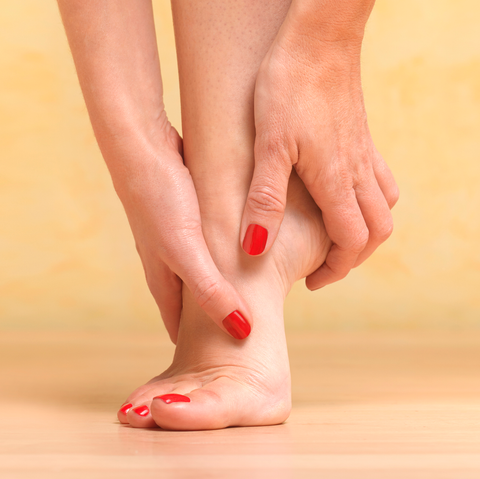
Why Do My Feet Hurt So Bad? 11 Causes and How to Stop the Pain
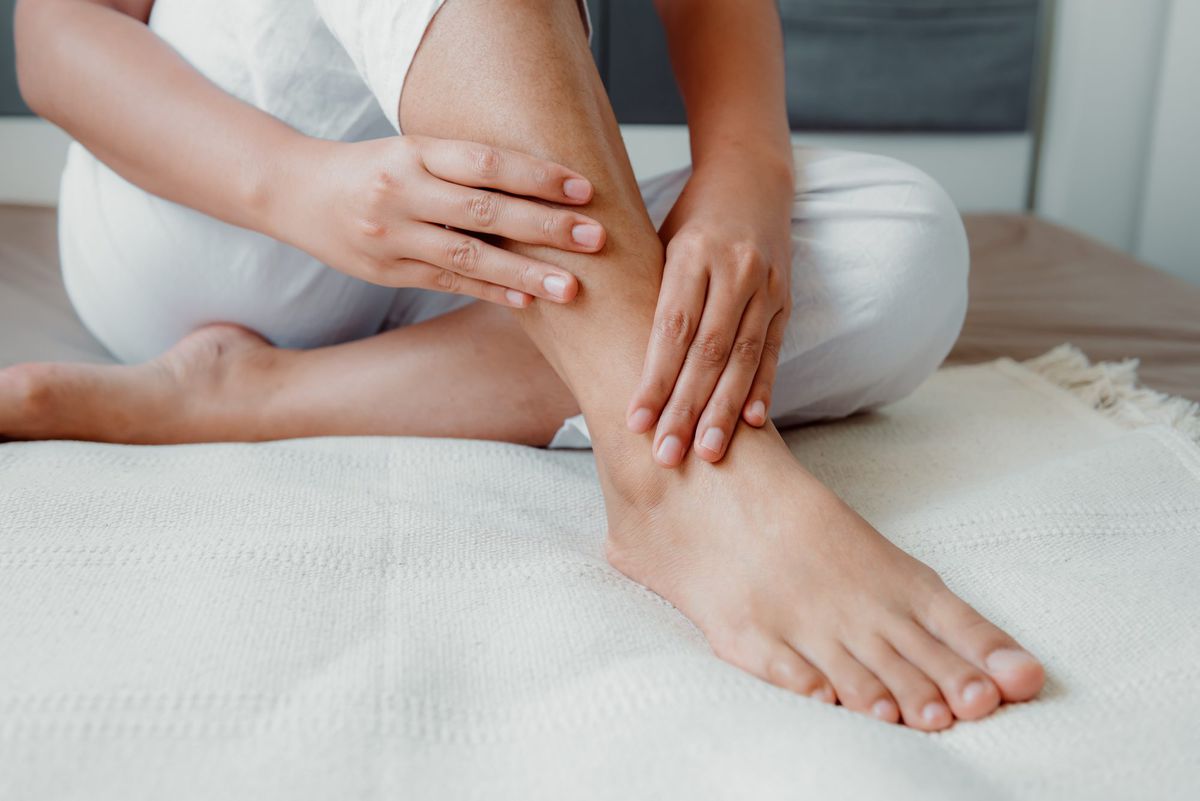
13 Reasons You Have Swollen Feet, According to Doctors | Health.com

Don't forget your feet - Harvard Health

When Do Feet Stop Growing? Timeline for Men and Women
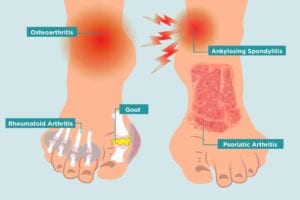
Arthritis in Your Feet: Causes, Symptoms, and Treatment
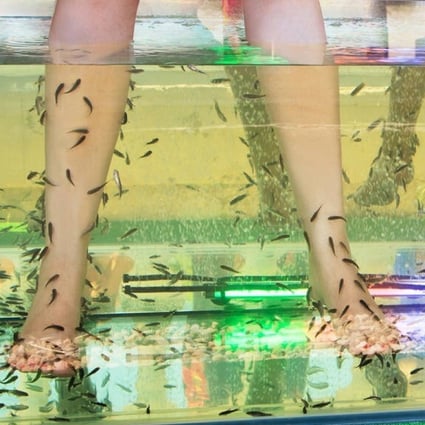
Are your feet turning white and soft, with little holes in the skin, when you run or sweat? You might have pitted keratolysis | South China Morning Post

Is It Safe to Shave Off My Calluses? - Podiatrist in Fairfax, VA

Can you walk on your tippy toes for your whole life? - Quora

6 Best Fixes for Pain and Swelling in Your Feet and Ankles – Health Essentials from Cleveland Clinic

What's causing those swollen feet? - Harvard Health

Trench Foot, What Is It? Symptoms, Diagnosis, and Treatment

How to Remove Dead Skin from Feet: 7 Methods to Try

5 Tips for Overworked Feet - Superior Foot & Ankle Care Center
How Flip Flops Mess With Your Feet : Infographics
Corns and Calluses: Symptoms, Treatment, Care Tips, Prevention

13 Reasons You Have Swollen Feet, According to Doctors | Health.com

Pictures of Swollen Feet and Ankles

The Best Home Footwear for Happy, Healthy Feet | Kintec
Taking care of your feet in 4 steps - Evoluderm
If you walk barefoot all the time do your feet become resistant to the tough ground? - Quora
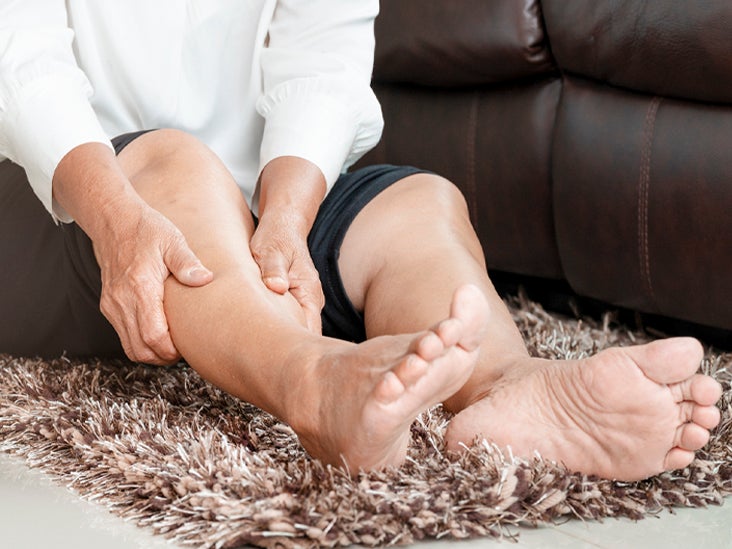
Numbness of Foot: Symptoms, Causes, and Treatments

Here's how long you should spend on your feet for better heart health - National | Globalnews.ca
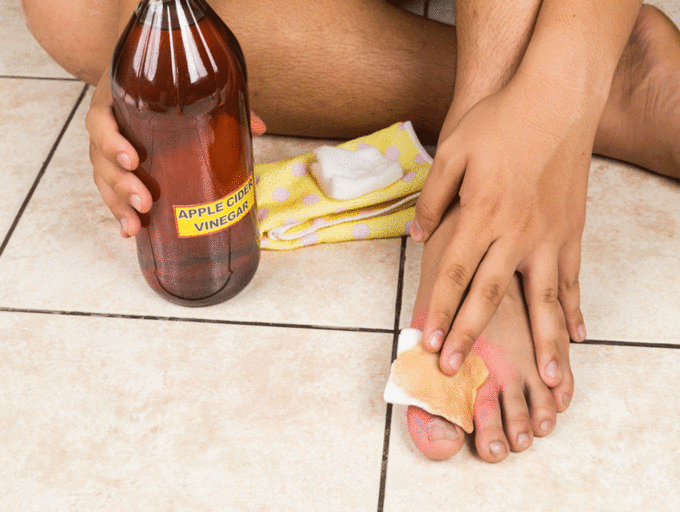
Home Remedy to Get Beautiful Feet: How soaking your feet in vinegar water can help you heal
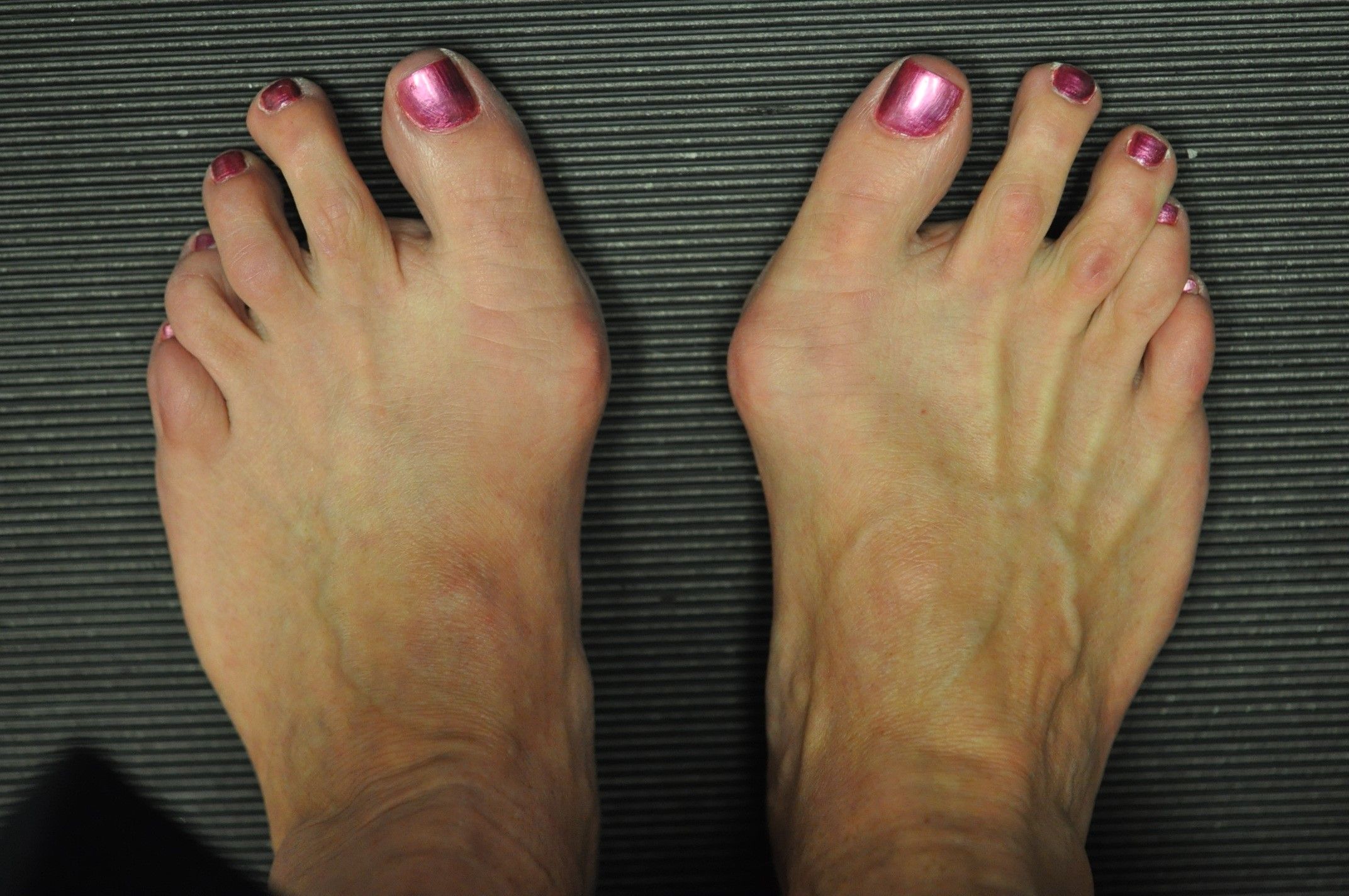
Bunions - OrthoInfo - AAOS

Die On Your Feet Long Sleeve - American Strong

How Long Will My Broken Foot be Casted? | Prairie Path Foot & Ankle Clinic

Sore Feet Remedies: 10 Ways to Ease Pain

6 DIY foot soaks for dry skin, pain, relaxation, and more
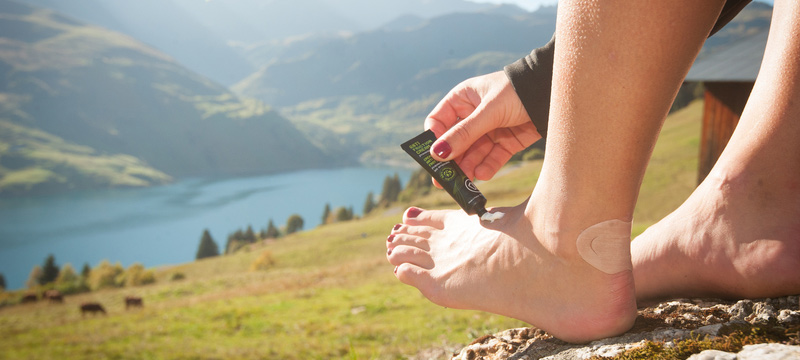
The best tips to protect your feet on a multi-day hike
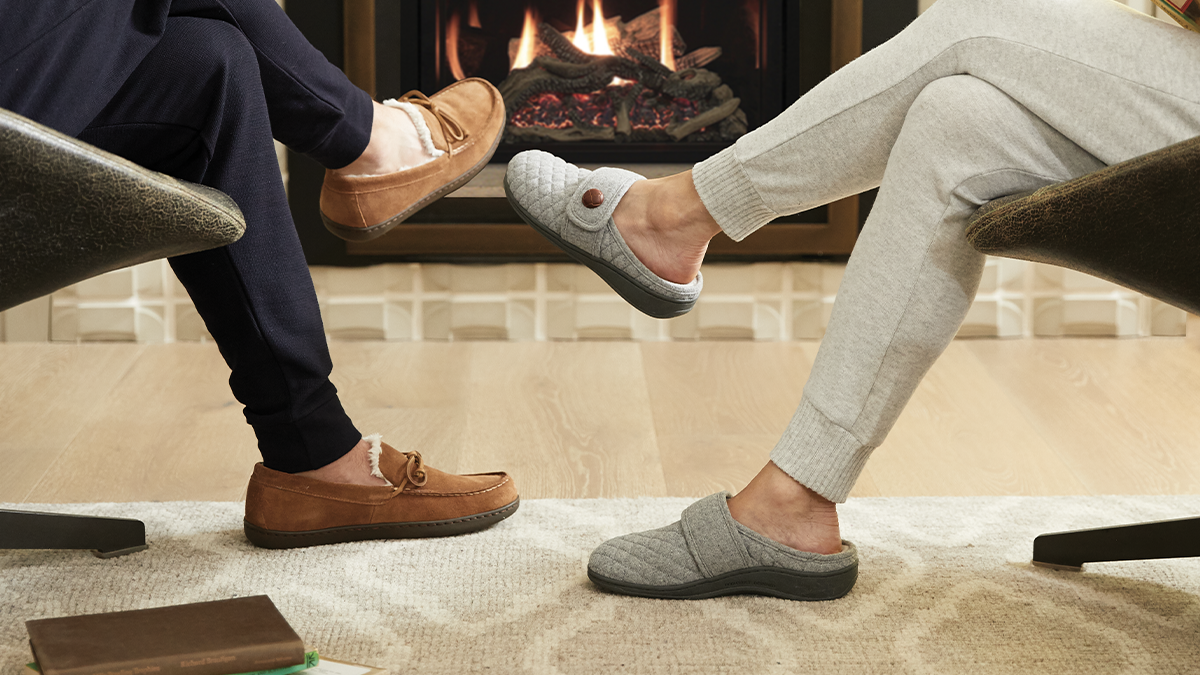
Why Wearing Slippers At Home Is Good For Your Feet | Vionic - Healthy Footnotes
Feetures socks review: comfortable, supportive compression socks
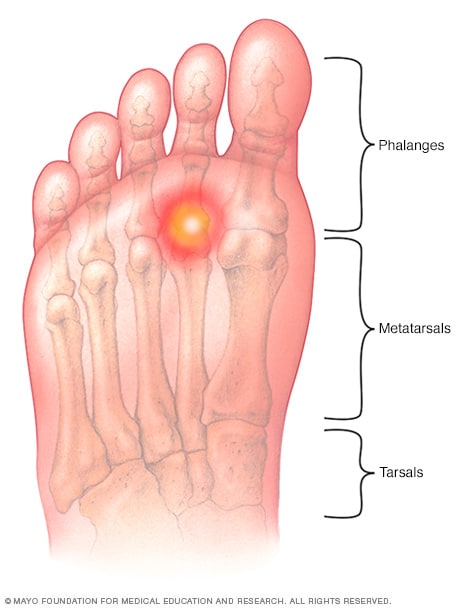
Metatarsalgia - Symptoms and causes - Mayo Clinic

5 Pain Prevention and Recovery Tips for Meeting Planners Who Spend Long Days on Their Feet | Meetings Today

Working or Standing Long Hours? Learn About Foot Care - Foot.com

Arch Refresh - Premium Kneading+Vibration Heated Foot Massager - Default Title | Foot massage, Massage roller, Heat therapy
Foot Pressure Points: 15 Pressure Points On The Feet And How To Use Them - MindBodyPal

Tips from a Chiropodist in London When Standing on Your Feet for Long Periods of Time - Beauchamp Foot Care - Beauchamp Foot Care

Taking Care of Your Feet on a Long Hike | Campsite Vibes

5 Ways to Keep Your Feet Safe When Hiking Or Mountain Climbing

Foot Care Tips for Waitresses: How to Look After Your Feet
Posting Komentar untuk "how long is on your feet"